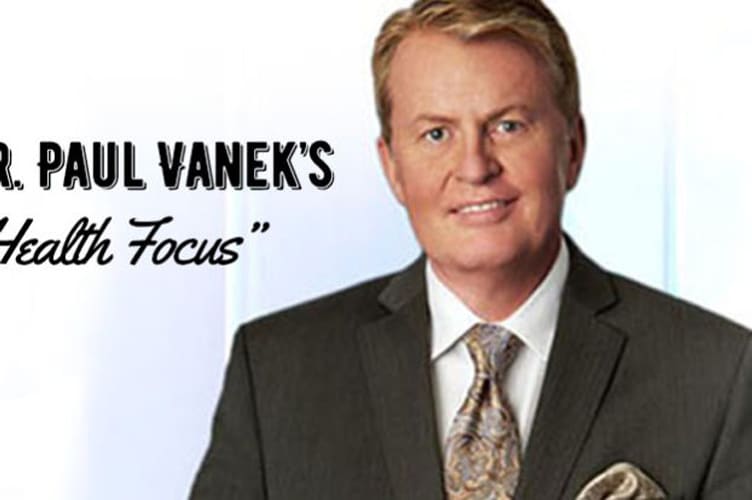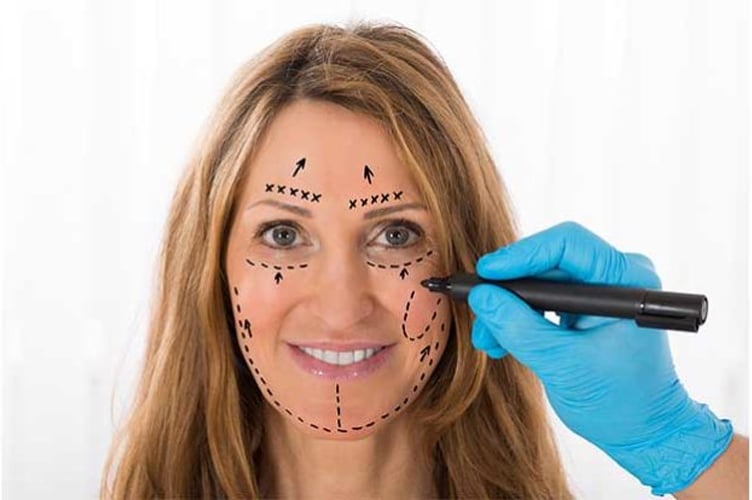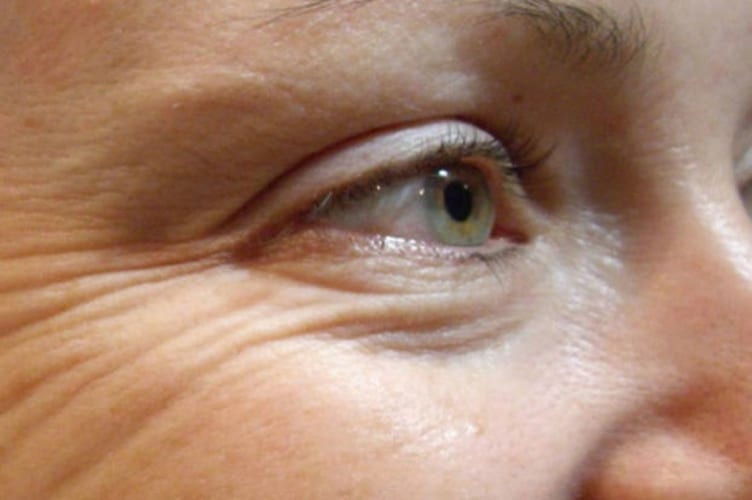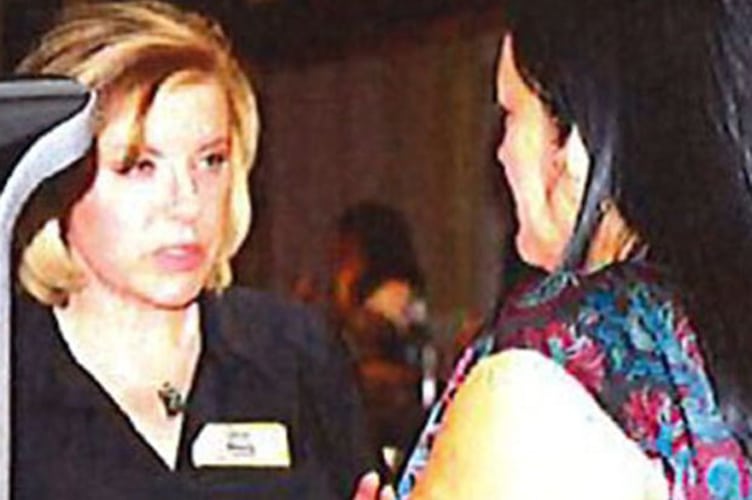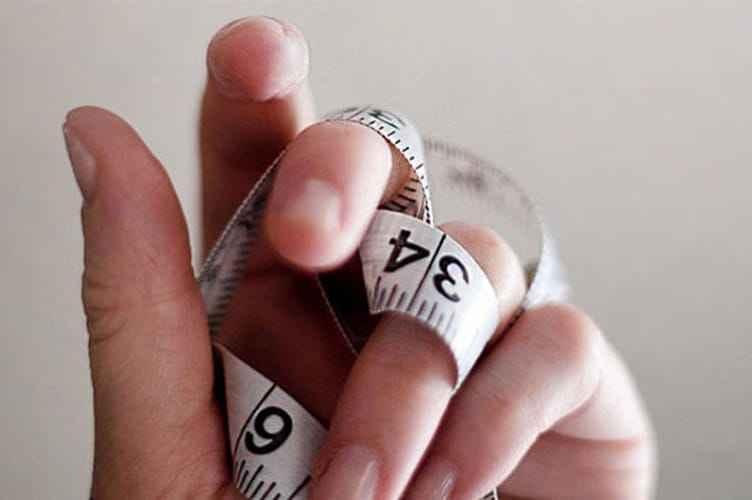Right Size and Recovery
Your body shape, build, and tissue characteristics are all important for us to help you determine your implant sizing. Increasing your breast volume by two cup sizes is typically the goal, but we can discuss larger volume enhancements, according to your body habitus. We will work closely with you to obtain the results you are comfortable with.
Most patients are very pleased with the ease of recovery, and their ability to return to normal activities quickly. You should be up and about within a day or two after surgery, and any lingering discomfort can be controlled with prescribed pain medication. You can shower almost immediately. Most patients usually drive and return to work within a few days, unless work activities require significant lifting, pushing or arm stretching, which should be avoided for two weeks. You can begin walking the day after surgery but returning to exercise programs is a personal decision, beginning two weeks post-surgery. Strenuous activity and lifting anything over 5 pounds should be avoided for about six weeks.
You will return to the office for an assessment one day and one week after surgery. There are no sutures to remove. Usually Steri-Strips are applied over the small incision, and you wear a surgical sports bra for three weeks. At about 8 weeks post-operatively, I use Sciton BBL laser wavelengths to reduce the visibility of your scars and optimize the healing process, which is also at no extra charge. In fact, I include all post procedure visits and phone calls, and am committed to follow up with my patients until the end of my career.
Why are most Plastic Surgeon Men?
Why are most Plastic Surgeon Men?
This situation is true for all surgeons. Using “Board Certified” surgeon data, which my readers know are the only kind I recommend, about 85% of plastic surgeons are men, and about 80% of general surgeons are men. Female gains in our plastic surgical ranks has been an initiative of those of us in leadership for the past 15 years.
I think that professional development numbers for female surgeons run parallel with many other professional careers having more men than women, such as lawyers and corporate CEOs. While we know women have many more opportunities today than ever before, it still takes time to balance the
scales. The length of our profession’s training program and work schedule demands cannot be dismissed. Obviously, many capable women have endured the pre-amble rigors to practice successfully, full time. The reasons for the disparity are not entirely known, but this is being studied at training and developmental branch points.
Interestingly, it is also factual that 92% of cosmetic surgeries are performed on women, and many of my patients tell me they prefer a man treating them. I treasure the relationship that I have with all of my patients, including the trust they place in me.
My cosmetic coordinator and staff are all females who form strong relationships with my patients. But I am truly pleased that most of my patients also have a special bond with me. They know that I see their beauty from the inside out, and that I work to match their pure beauty on their outside. I hope that all my male and female patients know they will receive my very best, every time.
Plastic surgery stop natural aging?
Q: I need and want plastic surgery, but I hear that it stops the natural aging process. Is that true?
There is no way to stop the natural aging process. Plastic surgery certainly makes many body areas look younger, but bodies continue to age after having plastic surgery. Fillers and injectables can reduce age lines and wrinkles, but these also do not affect a body’s natural aging.
I find it interesting that when my patients occasionally ask about this myth, most of them are saddened to find that it is not true. For generations, scientists and explorers have searched for a “fountain of youth” and many people would be extremely happy if plastic surgeons could stop the aging process.
When your face is operated upon to rejuvenate your appearance, I surgically reposition your tissue into a more natural and youthful position. A major innovation in rejuvenation is adding bioactive fat to your face. It remarkably improves your complexion and adds luster to your appearance in a transcendent way. It can achieve a synergy with face and eyelid facelift procedures when performed together. This is the hottest subject in plastic surgery, especially since, depending on where it is injected, it can make joints more comfortable, make lips and breasts plumper, and faces appear more youthful.
As always, I recommend that you only consult with a board-certified plastic surgeon (or even better, a double-board certified surgeon, as I am.) When plastic surgery “turns back the clock” with natural-looking results, patients are then in prime position to age naturally and beautifully. A board-certified plastic surgeon’s training, knowledge and experience always places patients in their greatest position to look their best.
Contact us to set up your own consultation or answer any question you may have.
Dr. Paul Vanek MD, FACS
Vanek Plastic Surgery
9485 Mentor Ave #100
Mentor, OH 44060
440-205-5750
Cleveland Vaser Liposelection
Cleveland, Ohio plastic surgeon Dr. Paul Vanek demonstrates Vaser Liposelection on his weekly TV show “It’s About You!”
With the use of ultrasound technology, Vaser Liposelection has a shorter recovery time and reduced bruising than traditional liposuction.
How Can I Prevent Wrinkles
Wrinkles are a natural part of aging, as our skin gets thinner, less elastic and dryer. As our skin loses its flexibility, it becomes more difficult for our face to spring back from smiling, frowning, and other facial expressions, resulting in more permanent grooves.
Decreased levels of moisture in our skin plays a major role in developing wrinkles, particularly micro-wrinkles at the surface which can become much deeper, larger and more visible. These can result from a variety of actions and conditions.
Sun damage, caused by excess exposure to ultraviolet (UV) light, is a cause of wrinkles we can control. If you don’t avoid excessive sun exposure, UV light breaks down the collagen and elastin fibers, skin starts to droop, and wrinkles appear.
You should know that smoking accelerates the skin’s aging process, because of the reduced blood supply to the skin. Alcohol dehydrates the skin, making it more likely to wrinkle.
After wrinkles appear, you have many treatment options. Creams vary considerably in active ingredients and accordingly, in effectiveness. Soft tissue fillers are injected into deeper wrinkles, to add volume. Dermabrasion is a surgical procedure that wears away the skin’s upper layers. Laser and radiofrequency treatments destroy the outer layer of skin with a laser beam, while the underlying skin is heated to stimulate development of new collagen fibers. A chemical peel applies a solution to wrinkly areas, causing dead skin to eventually peel off. A facelift (rhytidectomy) removes excess facial skin and fat, with or without tightening the underlying tissues.
Fix My Belly Button!
I cannot tell from your question what you precisely don’t like about it, but navel area surgery is one of the hottest trends in cosmetic surgery. Some women want it done after the effects of pregnancy, and both men and women may want excess skin removed in this area after weight loss. Others simply don’t like how their belly button looks.
Except for bikinis around the pool, the navel area has been typically hidden. But it is not uncommon today to see women wear yoga pants or leggings with short tops and sports bras, leaving their navels exposed. Accordingly, tightening the stomach and midriff area is now the focus of many fitness programs, for which we also have treatments and procedures.
Most surgeries in the navel area are of two types, umbilicoplasty, which changes the shape and size of the crevice to make it larger or smaller, or umbilical hernia repair, which changes an “outie” into an “innie”.
It is a rather simple procedure to reduce the size of a person’s navel, by removing extra belly button skin and tightening the bordering abdominal skin. It gets more complicated to increase the size of the belly button because I need to remove some of the surrounding abdominal skin and then gently stretch the belly button tissue to reach the enlarged border caused by removing the skin.
Now that you have this information, I suggest you call my office for a personal consultation and I will help you determine if this is right for you.
What is “Non-Invasive Fat Reduction”?
What is “Non-Invasive Fat Reduction”?
“Non-invasive” means a procedure is performed without making any surgical incisions in your
skin. “Non-invasive fat reduction” melts away body fat without undergoing surgery. There is
an extensive list of benefits which non-surgical body sculpting technologies offer, including
shorter procedure times, minimal downtime afterwards, the best aesthetic results considering
side effects and recovery period, permanent results (assuming patients adopt a healthy lifestyle
after the procedure), no anesthetic is needed, no normal risks of surgery, such as fat embolism,
bleeding problems, or extended post-operative recovery phase, no risk of infection, no
requirements for pre- or post-operative medications, and FDA approval. I recently announced
my acquisition of the new and innovative “TruSculpt 3D” by Cutera. In only one treatment, the
controlled, monopolar radio frequency body sculpting platform offers patients up to a 24% non-
invasive fat reduction.
Non-invasive fat reduction cannot provide the level of results that a patient typically receives
with surgery, such as tummy tucks or liposuction for the midriff. However, when considering
these overall benefits, there is nothing more advantageous than TruSculpt 3D. For patients
who don’t wish to have, or cannot have surgery, non-invasive fat reduction procedures will
improve skin tone, tighten the skin envelope, and reduce fat. These treatments also will not
leave patients with loose skin or irregularities of contour that are often seen with patients who
undergo the disappointment of non-responsive CoolSculpting treatments.
Non-invasive fat reduction is not for patients who want to lose weight. But for anyone who has
plateaued in their battle with weight loss and aggressive exercise plans, it can make a big
difference!
Cup Size and Implant Size
Congratulations on your decision! Your next step is to schedule a consultation with a board-certified plastic surgeon (or a double-board certified surgeon, like myself). We will conduct a clinical examination, including getting base width measurements. I prefer to utilize actual implants with you wearing a bra, and in a T shirt, so that you can truly assess your new figure and your projected appearance in multiple views of your chest shape, morphology, projection and overall aesthetic. We call this “custom sizing” so you can obtain the best view before you have your procedure. By adding this to our consultation about your goals and expectations, you will be very happy with the size after your surgery.
Unfortunately, there is no relationship between a breast implant size and breast cup. Each implant manufacturer has a different opinion of what the next size cup is. Although there is general agreement as to what is big or small, the exact volumetric enhancement is not calibrated. This is again why your main consideration for your decision should be how you would like to look in the mirror, both in and out of clothing. Breast augmentations have become one of the most popular procedures that we perform in my practice. I consider it one of my specialties, and my whole staff is very good at guiding patients comfortably through the entire process. We will soon launch a new website specifically featuring many of my patients who are thrilled with their outcomes. There is no better way for me to perform “Artistry that changes lives” so I hope you call my office for a consultation soon.


